A charabanc was an early form of bus. Initially horse-drawn, these became motorised in the early 20th century. Usually open-topped and typically used for pleasure trips, charabancs had bench-style seating arranged in rows facing the front of the vehicle (see photographs below). The name derived from the French char à bancs - carriage with wooden benches. A canvas folding hood was located at the rear of the vehicle, similar to a convertible car.
The demise of the charabanc was hastened by its poor safety record (often caricatured in postcards - see end of post). Little protection was offered to passengers in the event of an accident and their high centre of gravity was not helped by the tendency for them to be well-loaded and to travel steep and winding tourist routes.
The accident detailed above (from the Fifeshire Advertiser of 28 December 1918) sees charabancs being used in unusual circumstances - in use to transport wartime workers at night in the middle of a harsh winter. Slipping on an icy surface on a steep and winding road, the lead vehicle "crashed into the parapet wall at Mr Adam's painter's shop". The painter's shop is the light-coloured tall building on the right hand side of the road in the image above.
The "P.C. Flaws" mentioned in the report of the accident above was Police Constable James Flaws, who had joined the force in May 1907. During his 30 year career he was stationed at Cupar, Newport, Leven and Lundin Links before concluding with ten years in charge of East Wemyss police station. His father-in-law was also a policeman, as was his son. James Flaws died in 1949. Charabancs declined in popularity after the 1920s. Below are a series of adverts detailing local tours available in the heyday of the early 1920s. Further below are a couple of postcard images parodying the dangerous nature of charabanc travel.
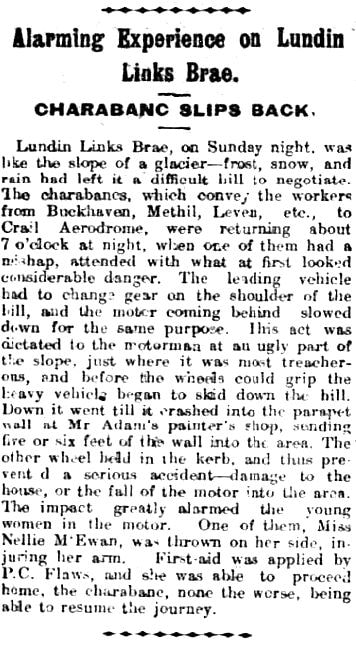
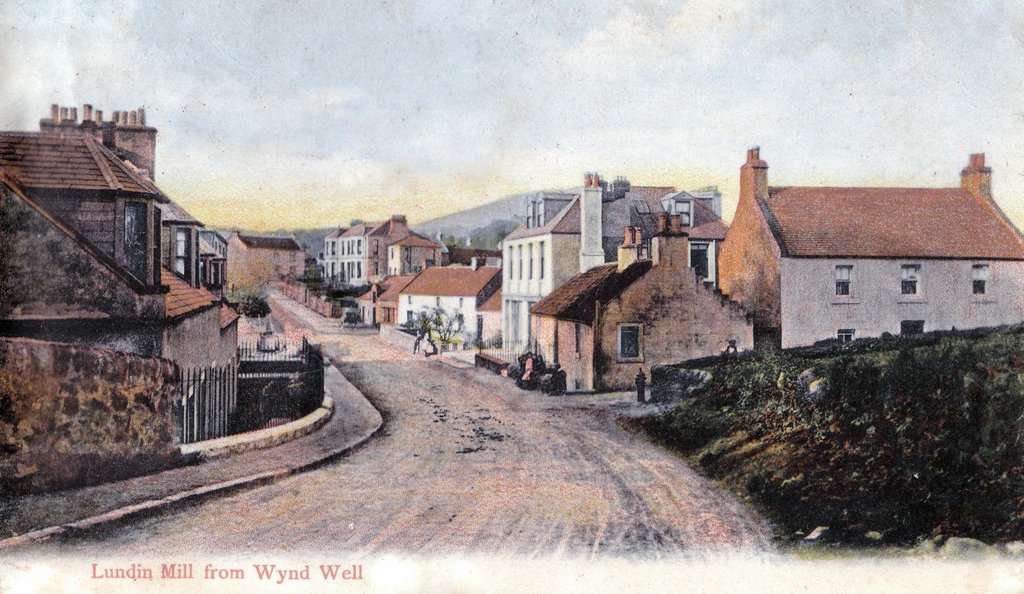
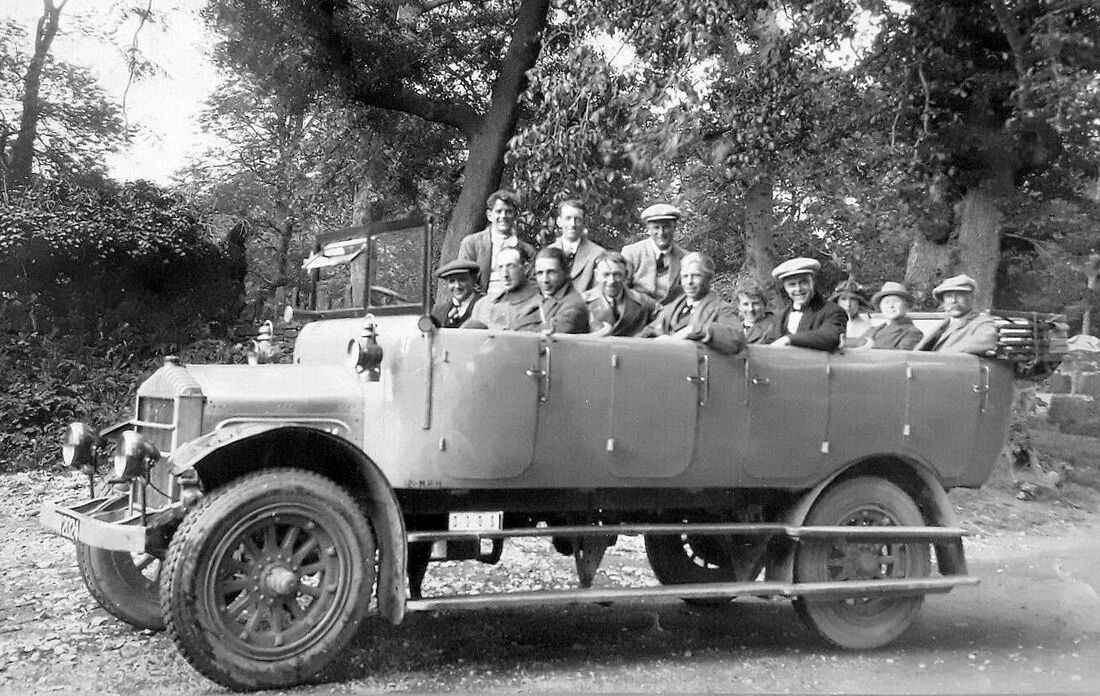
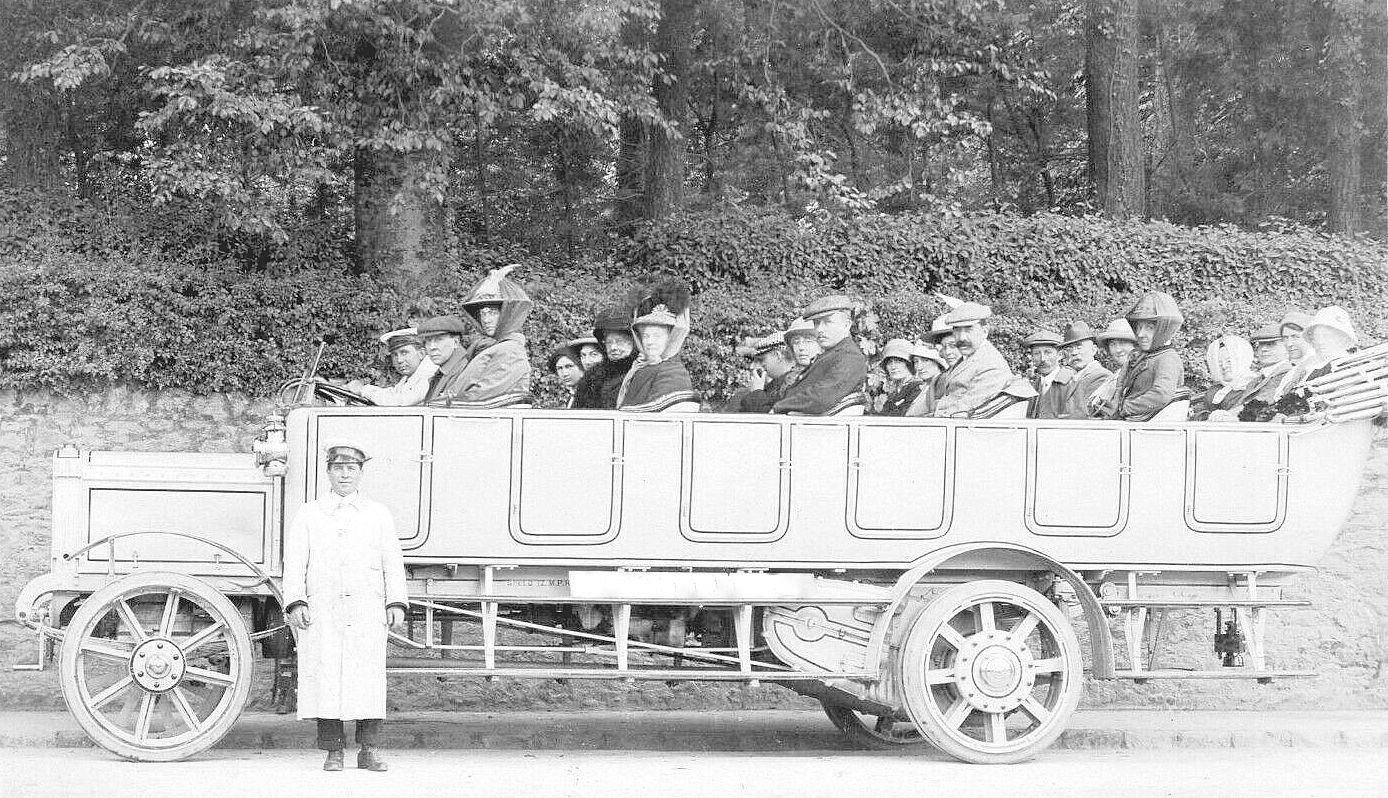
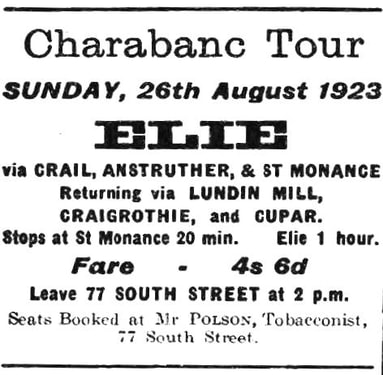
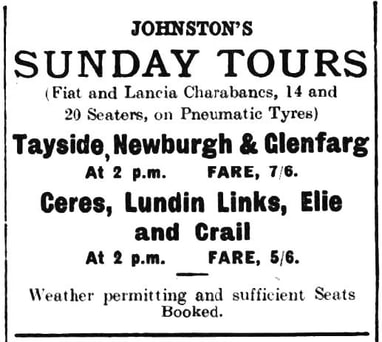
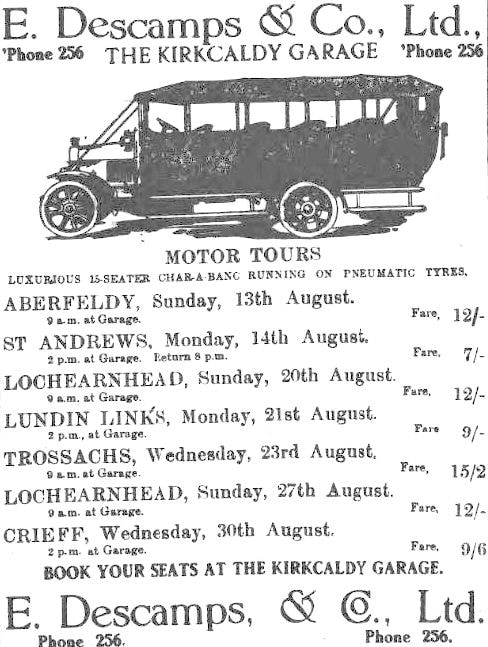
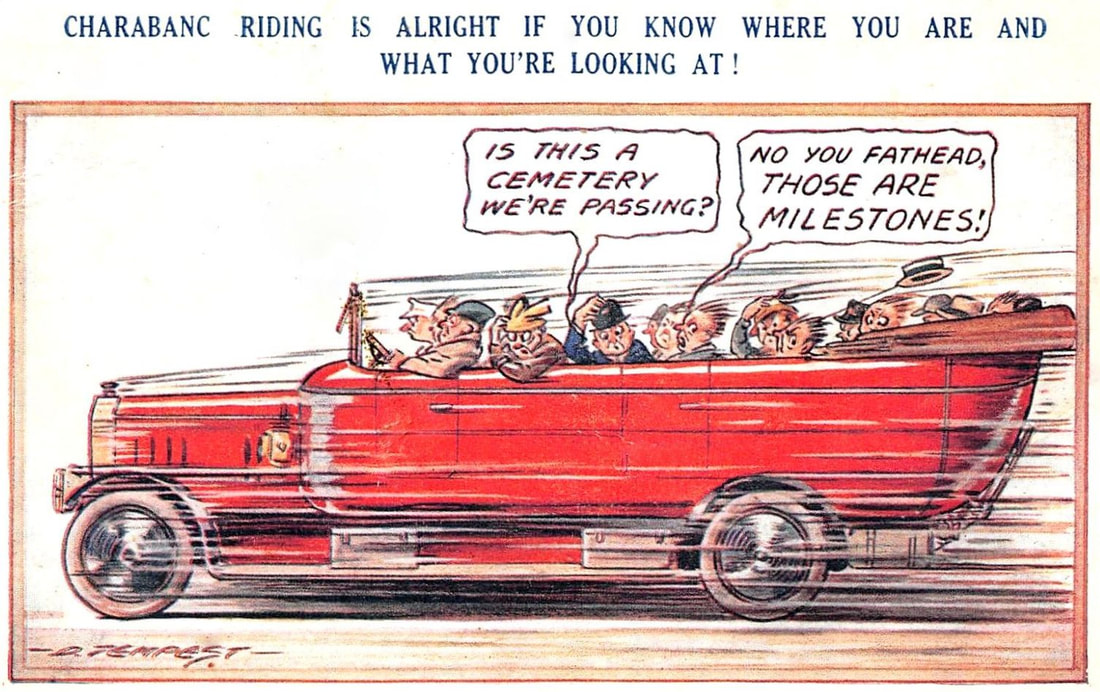

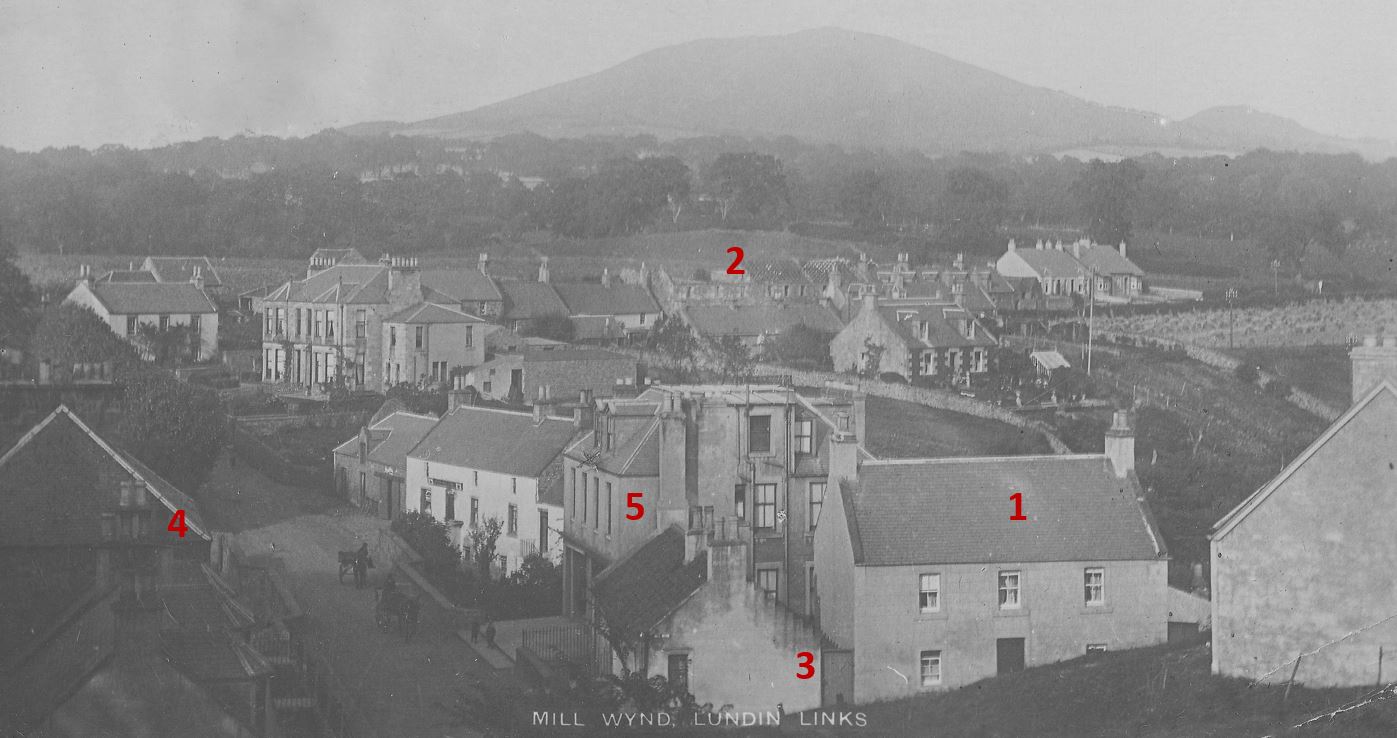
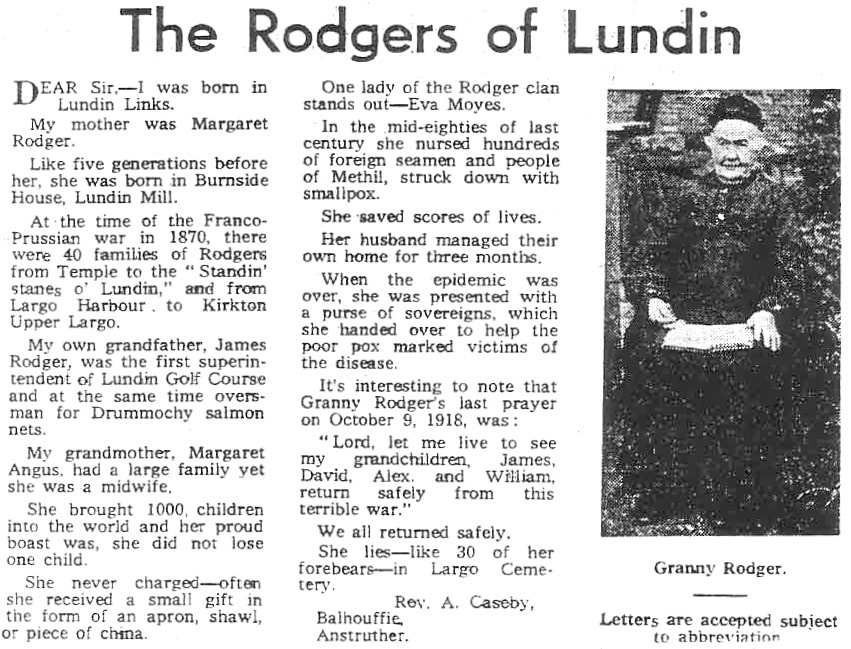
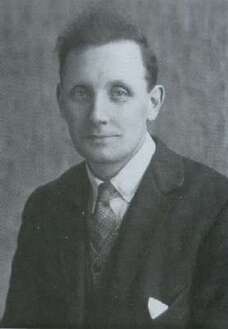
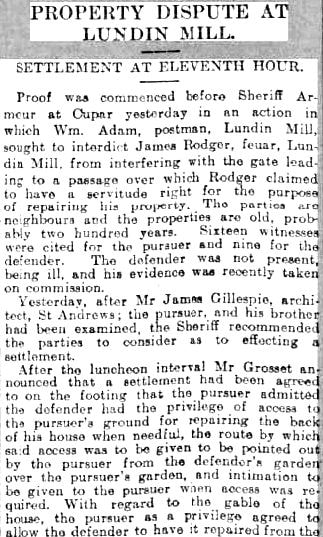
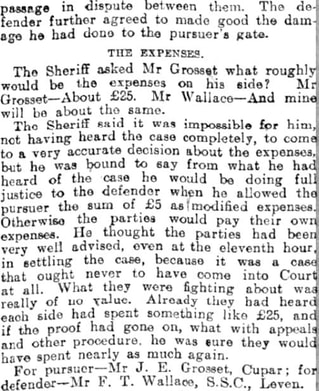
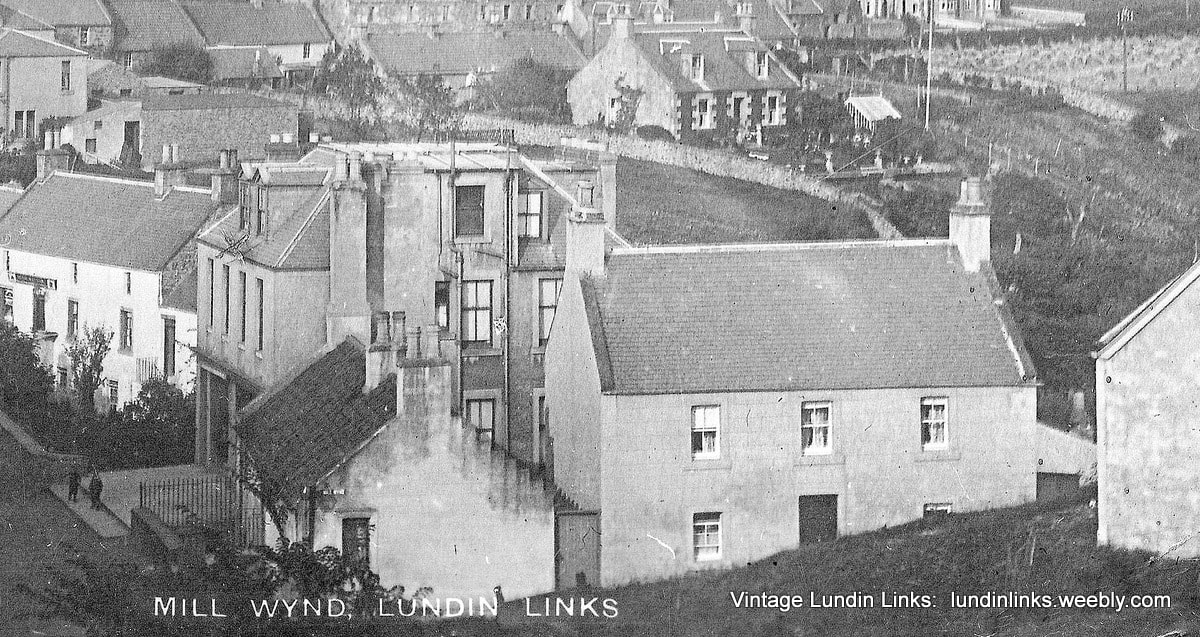
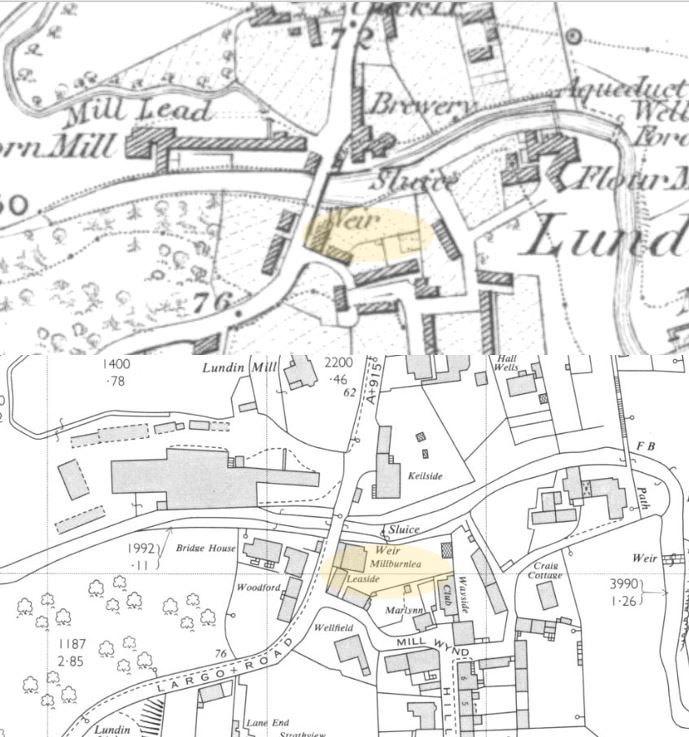
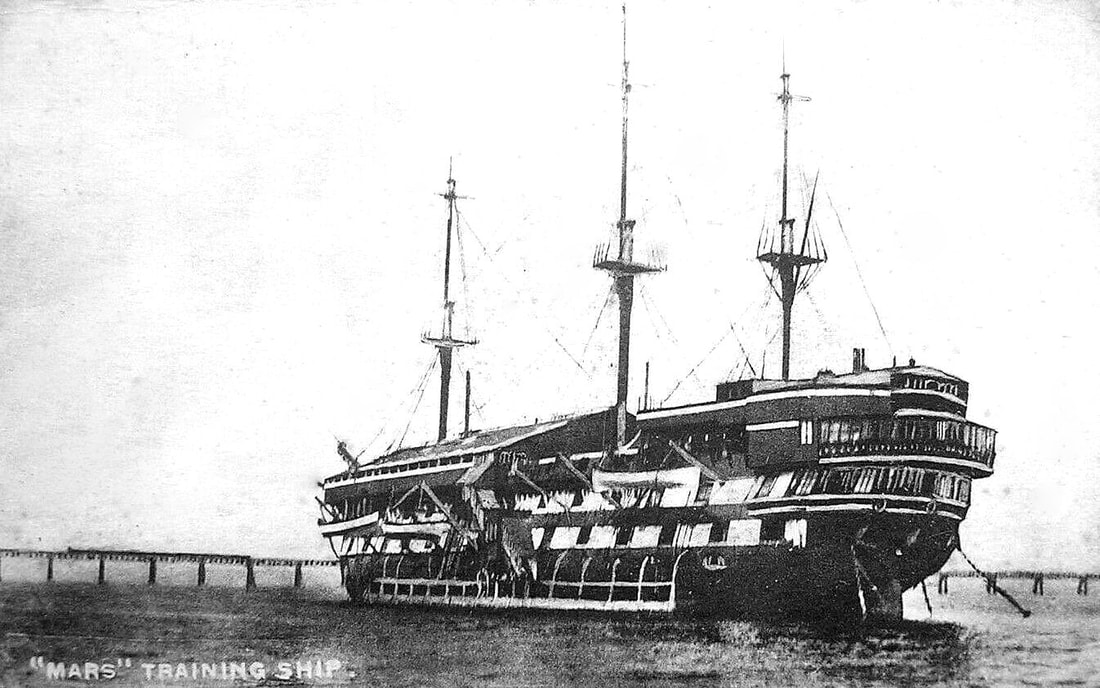
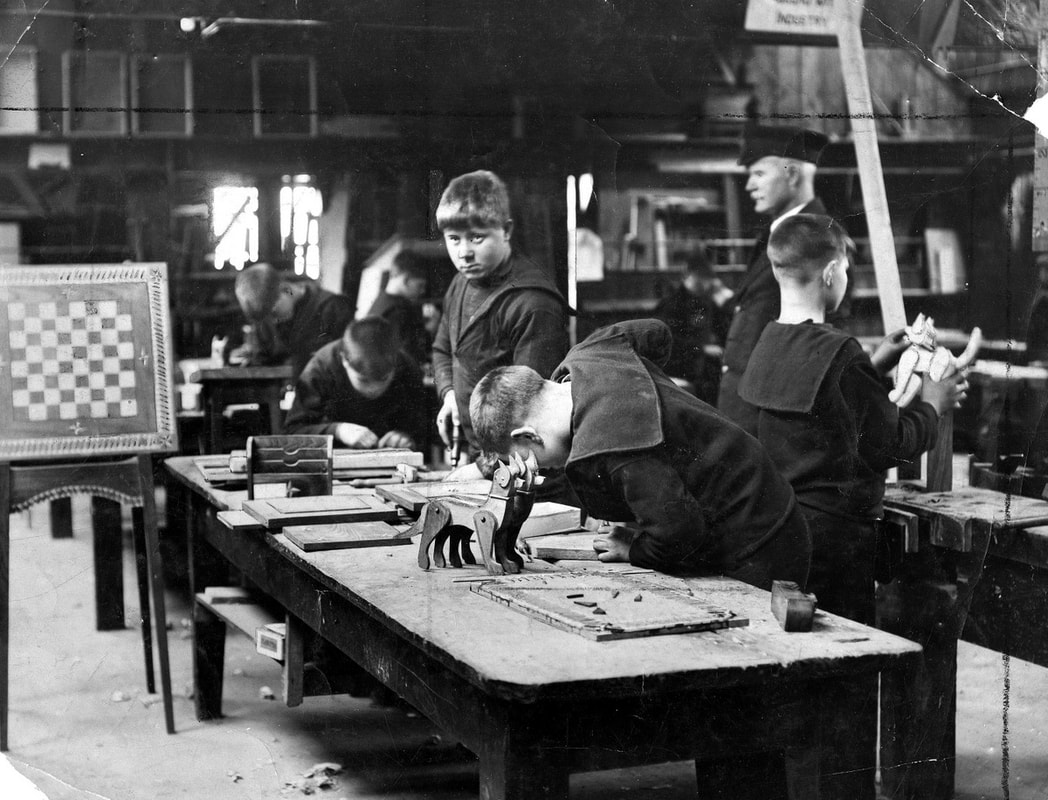
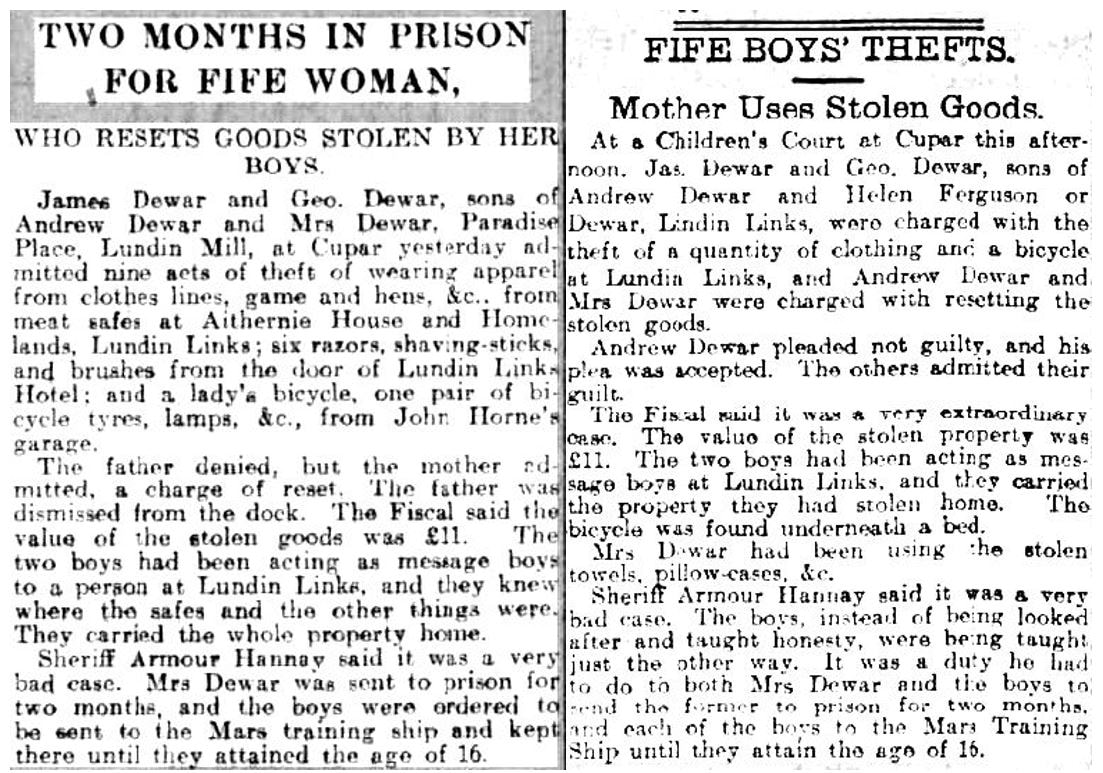
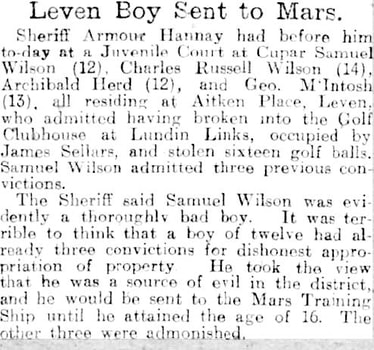
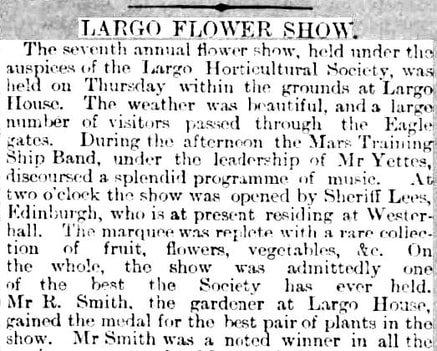
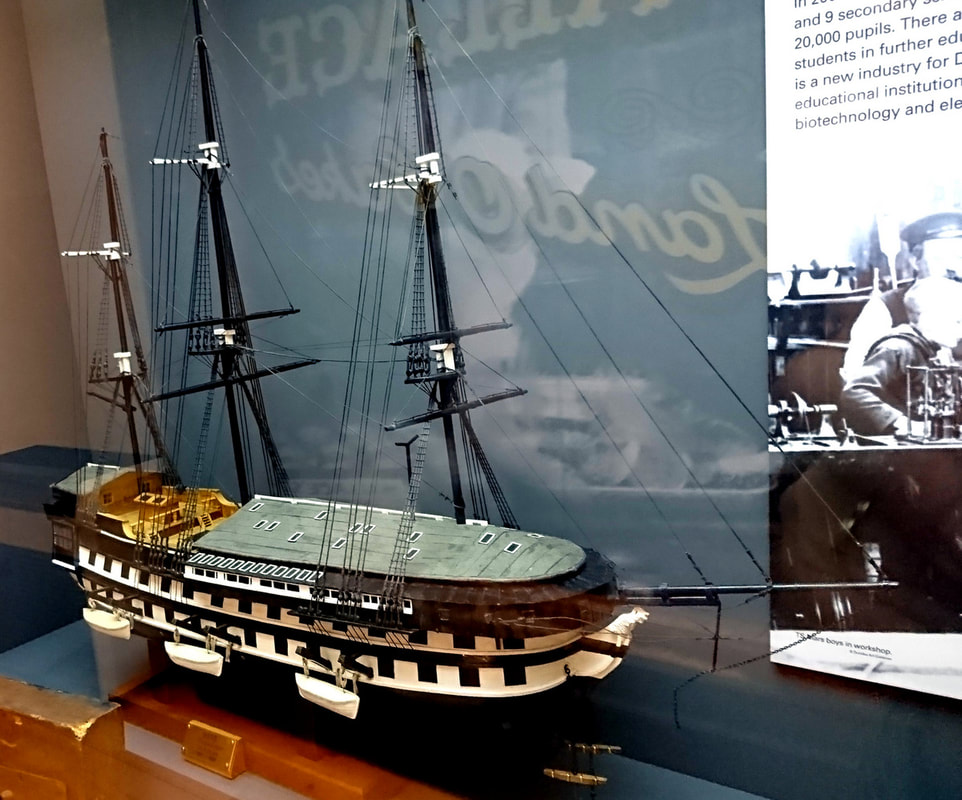

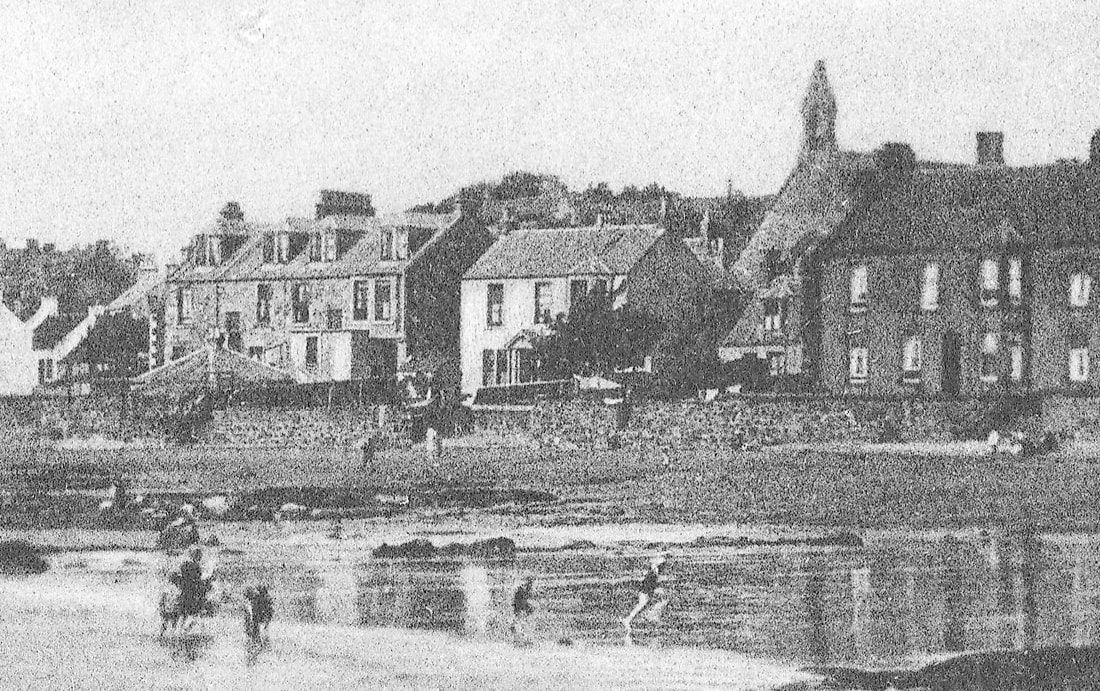
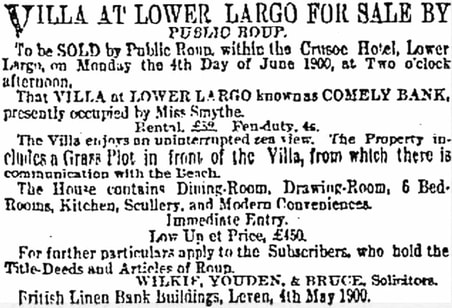
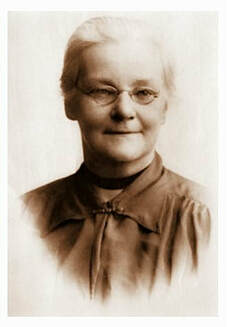


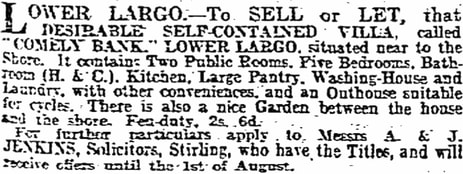
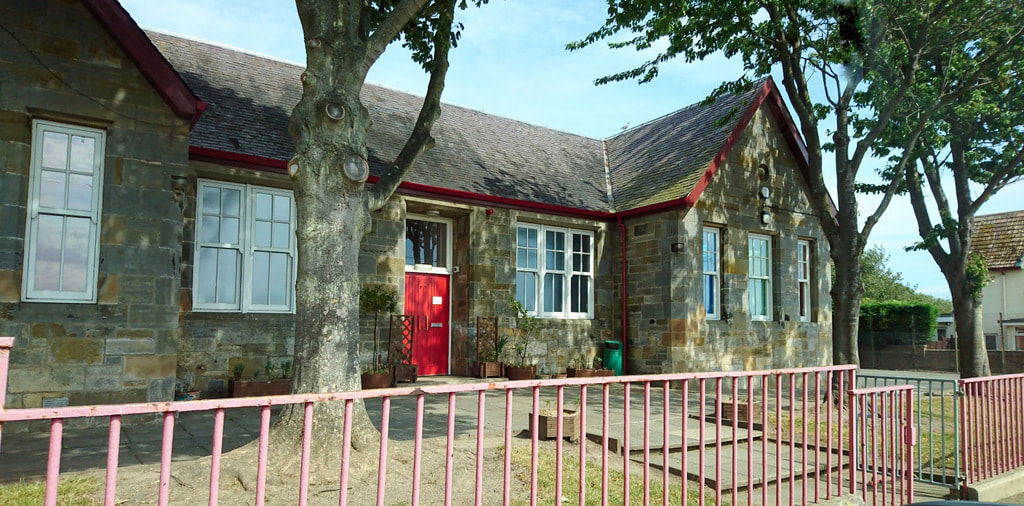
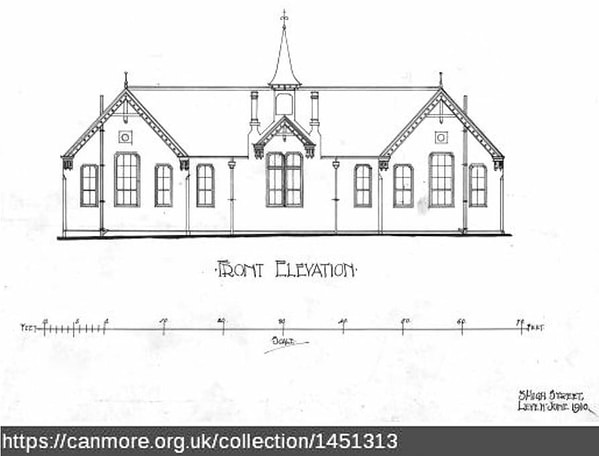
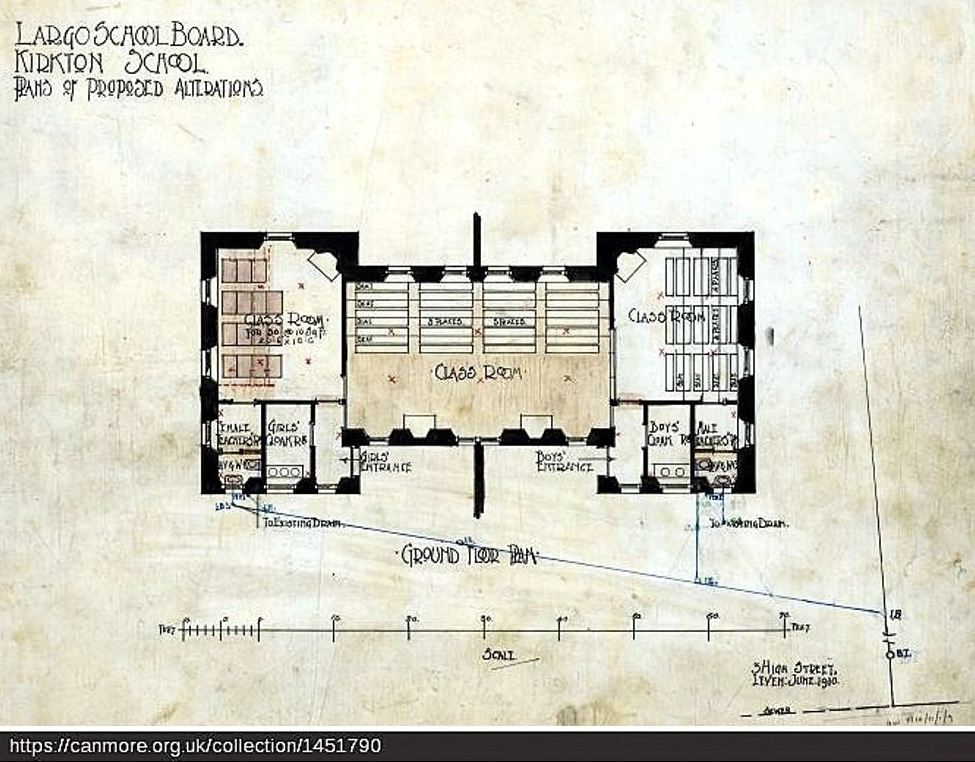
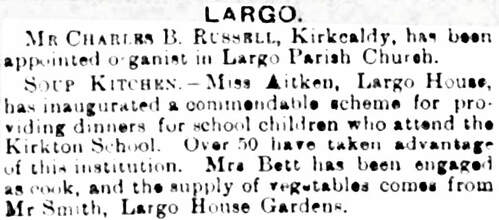
 RSS Feed
RSS Feed
